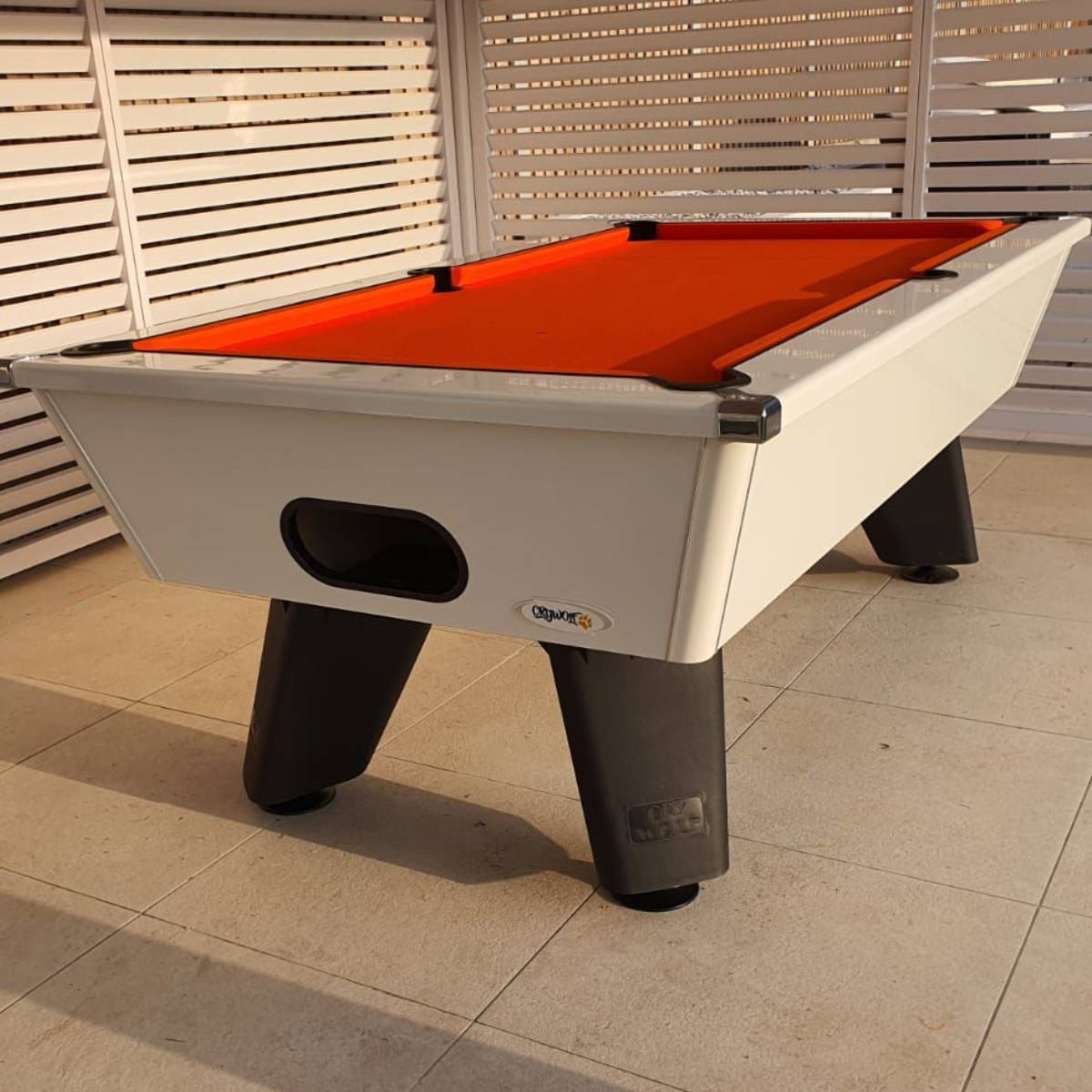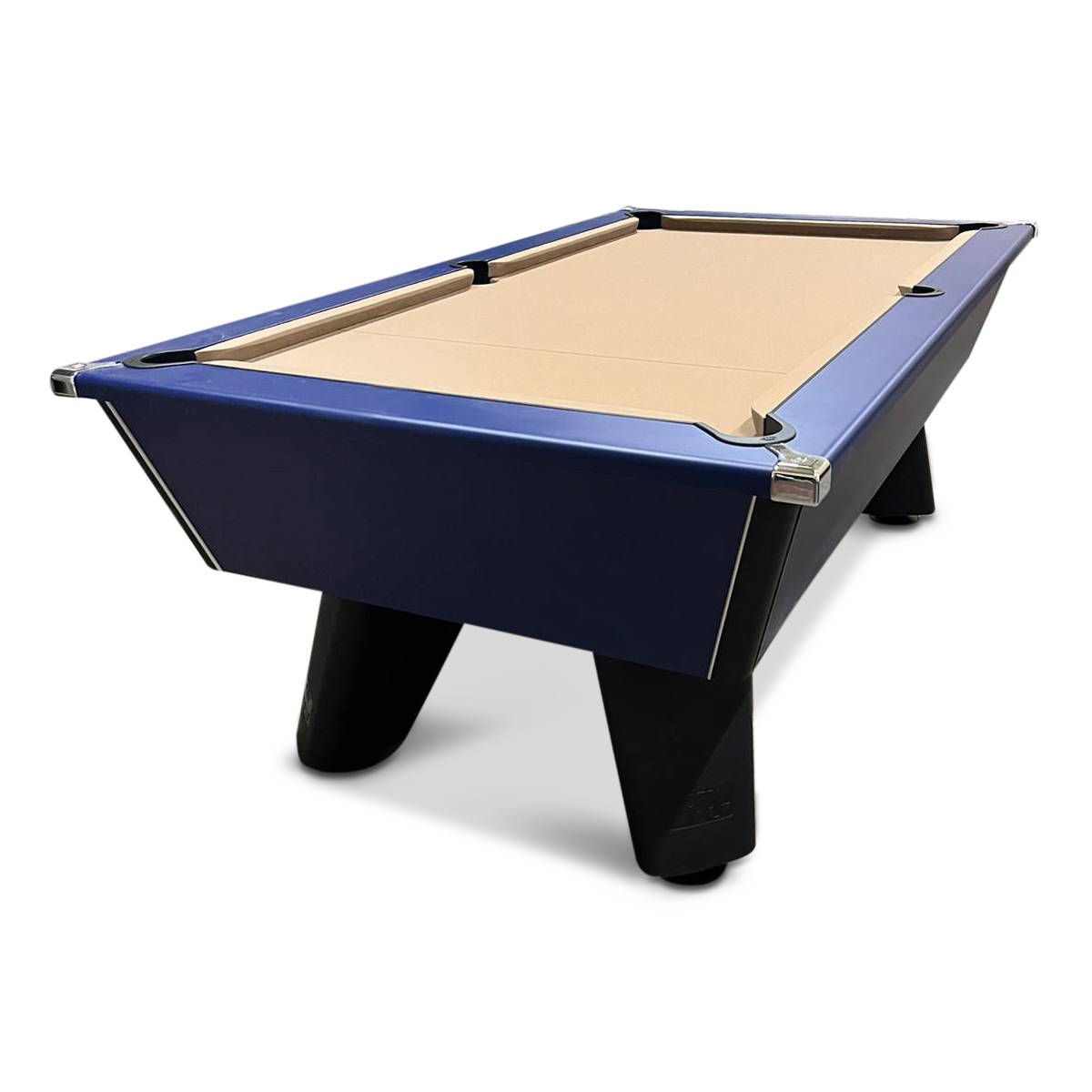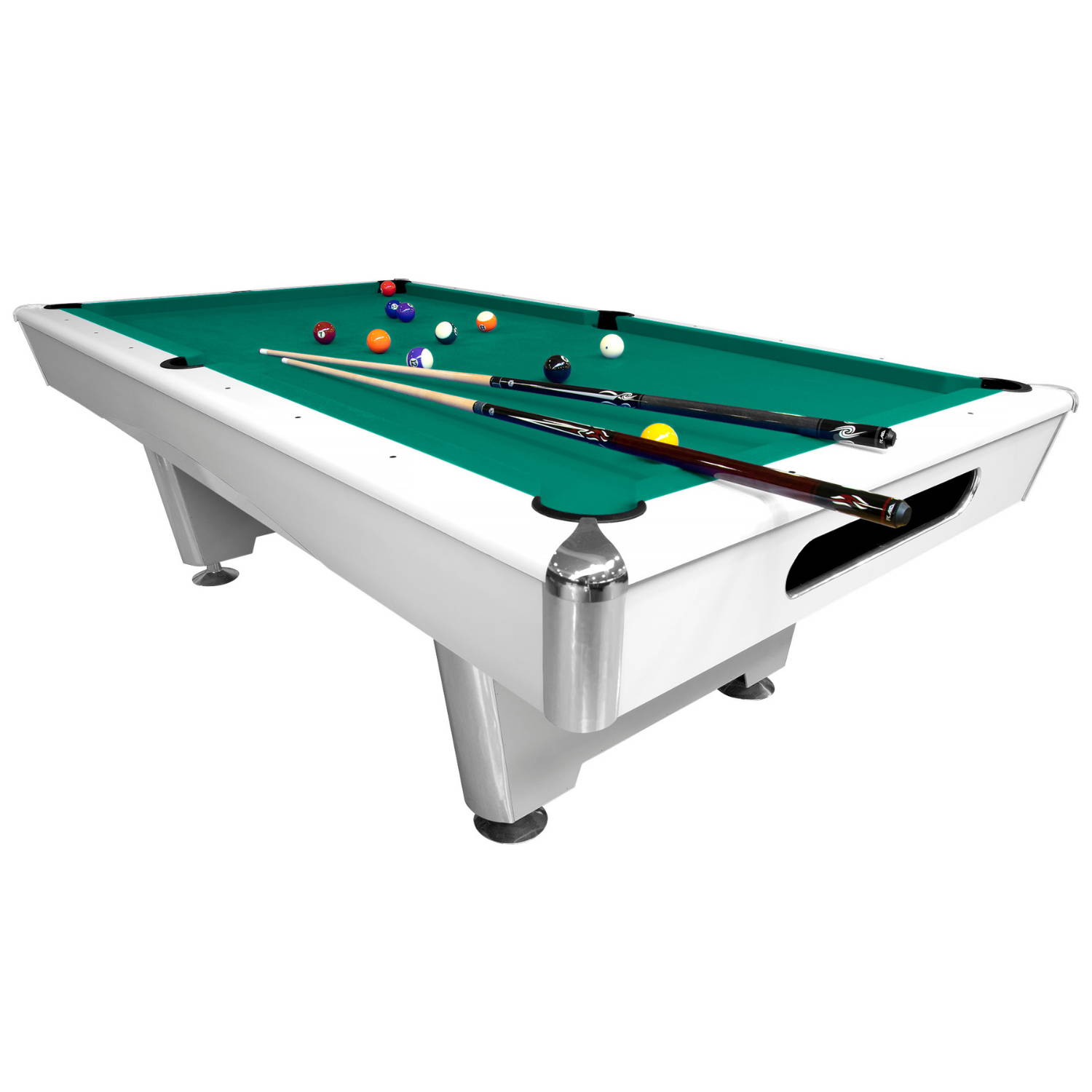Are Bigger Pockets Easier? Debunking Pool Table Myths
Billiards, a game rooted in history and cloaked in strategy, has grown beyond the dimly lit pool halls of yesteryears. As its popularity soared, so did the myths surrounding the game. One such enduring myth is the belief that bigger pockets are undeniably easier. Let's dive into this and other pool table myths, setting the record straight once and for all.

1. Myth: Bigger Pockets Are Easier
- The Belief: A common assumption is that a table with larger pockets is inherently easier because there's more space to sink a ball.
- Reality Check: While it's logical to think that a larger opening would increase the chances of potting a ball, the game's dynamics aren't that straightforward. Bigger pockets might offer leniency on slightly misaimed shots, but they can also change the strategy, especially for experienced players who rely on precise positioning for subsequent shots. Moreover, larger pockets might reduce the challenge, potentially hampering skill development.
2. Myth: All Pool Tables Are the Same Size
- The Belief: Many believe that standardization exists across all pool tables regarding size.
- Reality Check: Pool tables come in various sizes. The most common ones are 7, 8, and 9 feet, but other sizes exist. Different games, like snooker and carom billiards, also have unique table size requirements. It's crucial to understand these variations, especially if you're considering buying a table or playing in tournaments.
3. Myth: Heavier Tables Offer Better Play
- The Belief: A more substantial table implies a better quality of play due to increased stability.
- Reality Check: While weight can be an indicator of the materials used (and potentially the table's durability), it doesn't directly translate to a better playing experience. Factors like the table's leveling, quality of the cloth, and cushion responsiveness play a more significant role in influencing the game.
4. Myth: Pool and Snooker Are the Same
- The Belief: Pool and snooker are often used interchangeably by those unfamiliar with the nuances of cue sports.
- Reality Check: These are distinct games with different rules, balls, and often, table sizes. Snooker tables are typically larger, and the game uses 21 colored balls and a white cue ball, whereas pool usually employs a set of 15 balls and a cue ball.
5. Myth: Newer Tables Are Always Better
- The Belief: Modern manufacturing techniques imply that newer tables offer a superior playing experience.
- Reality Check: While contemporary tables benefit from advancements in technology and design, older tables, especially those maintained well, can offer unparalleled play quality. Vintage tables, with their seasoned wood and craftsmanship, often become cherished heirlooms, prized for both their playability and aesthetic appeal.

6. Myth: You Can't Move a Pool Table Without Damaging It
- The Belief: Once set up, a pool table should never be moved.
- Reality Check: Pool tables can indeed be moved, but the process requires caution. Proper disassembly, careful transportation, and expert reassembly ensure the table remains in pristine condition. It's always recommended to enlist professionals when relocating a table.
7. Myth: Price Directly Equates to Quality
- The Belief: The more expensive a pool table is, the better its quality.
- Reality Check: While there's often a correlation between price and quality, it's not absolute. Other factors, such as brand name, design intricacies, and even geographic location, can influence the price. It's essential to research, read reviews, and potentially test play before making a purchase decision.
8. Myth: The Harder the Shot, the Better
- The Belief: Power shots or those with significant spin are always the best options.
- Reality Check: Billiards is a game of finesse and strategy. Sometimes, a gentle touch or a simple, straight shot can set the player up for subsequent plays. Mastery involves understanding when to employ power and when to use precision.
9. Myth: Felt Color Affects Speed
- The Belief: The color of the table's felt can influence ball speed.
- Reality Check: The color has no impact on the ball's speed. However, the type and quality of the felt do. Worsted wool, for instance, offers a smoother and faster surface than other varieties.
10. Myth: The Older the Cue, the Better It Performs
- The Belief: Just like vintage wines, cues, with age, improve in performance.
- Reality Check: While older cues might have sentimental value or even quality craftsmanship, age alone doesn't dictate performance. Maintenance, the type of wood, and the cue's balance play a more significant role. Newer cues, made with advanced materials and technologies, can often outperform their aged counterparts.
11. Myth: All Billiard Balls Are Made of Ivory
- The Belief: Traditionally made billiard balls are composed of ivory, leading to the assumption that all such balls are ivory-made.
- Reality Check: Though ivory was once a primary material for billiard balls, it led to the significant endangerment of elephant populations. Modern balls are typically made from phenolic resin or other similar materials which offer durability and consistent performance without the ethical concerns.
12. Myth: “Table Roll” Can Be Controlled
- The Belief: Players can control or adjust the natural roll of the table to their advantage.
- Reality Check: Every table, especially older ones, can develop minor imperfections or "rolls". While players can adapt their play to account for these quirks, they can't truly control or change them without professional table adjustments or repairs.
13. Myth: Chalk Color Affects Friction
- The Belief: The color of the chalk used on the cue tip influences the friction between the cue and the ball.
- Reality Check: The primary function of chalk is to increase friction and prevent miscues. The color of the chalk, whether blue, green, or any other shade, doesn't influence this friction. The chalk's quality and composition matter more than its hue.
14. Myth: Every Table Needs a Break-In Period
- The Belief: New pool tables need a specific period of play to achieve optimal performance.
- Reality Check: While certain aspects of a table, like the cloth, might experience minor changes with initial use, there isn't a strict "break-in" period akin to automobiles or shoes. A well-made table should deliver consistent performance from the outset.
15. Myth: “English” Refers to British Playing Style
- The Belief: The term “putting English” on the ball originates from a unique British playstyle.
- Reality Check: “English” in billiards refers to imparting side spin on the cue ball, affecting its post-contact trajectory. The term doesn't have direct ties to England or British playing techniques, but rather is a colloquialism in the game.

Conclusion
Understanding the myths surrounding pool tables and the game itself can profoundly impact one's appreciation and approach to billiards. It's essential to distinguish between long-standing beliefs and actual facts to truly master the game and make informed decisions, whether you're buying a table, choosing accessories, or refining your playing strategy. In the world of billiards, knowledge, as they say, is indeed power.
Are you looking for a Pool Table? check out our pool tables range Pool Tables





